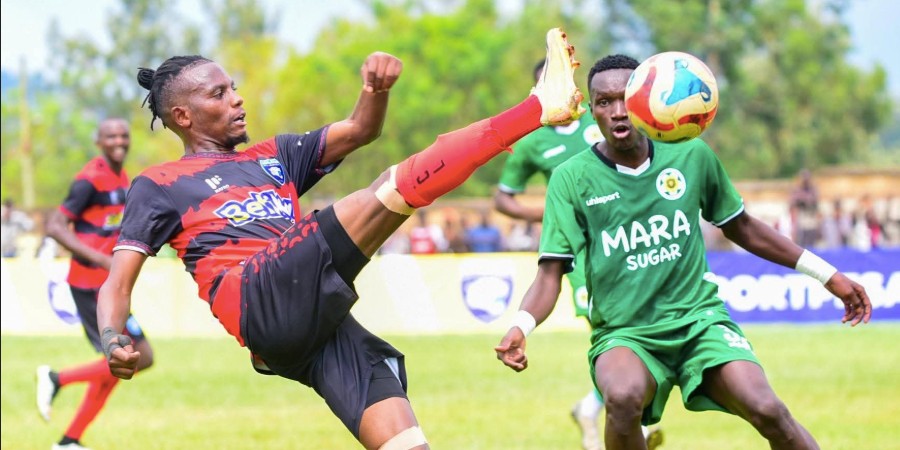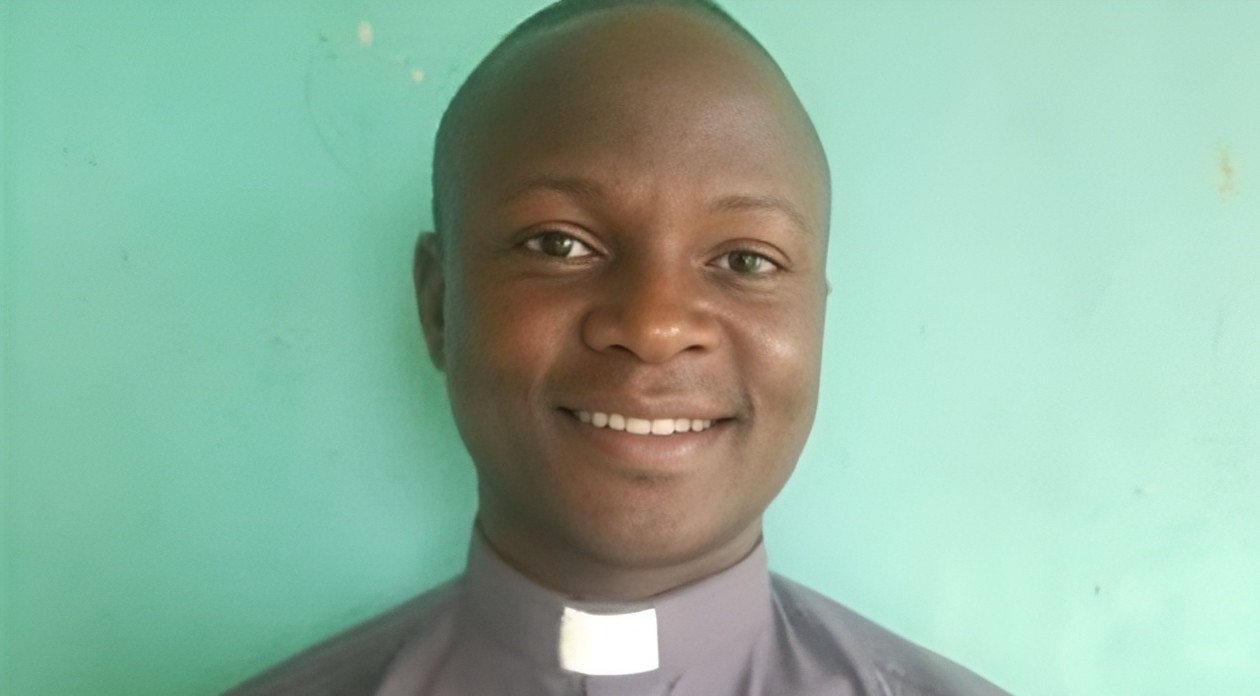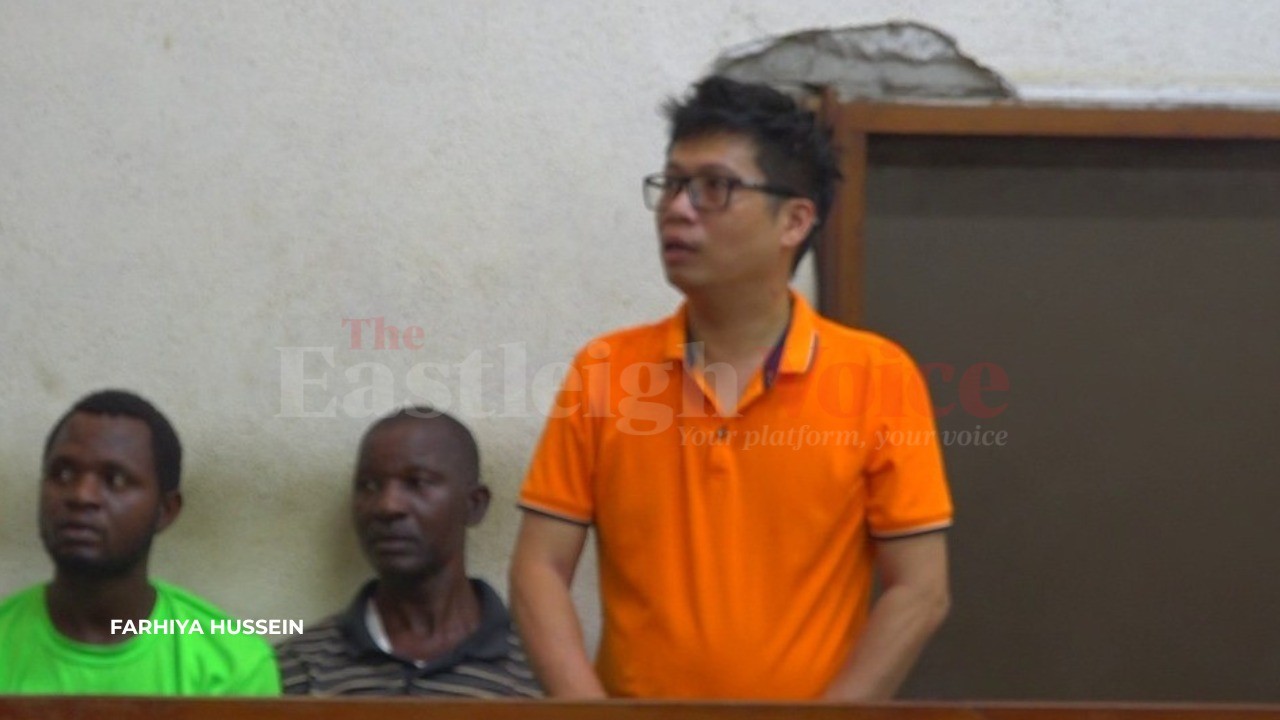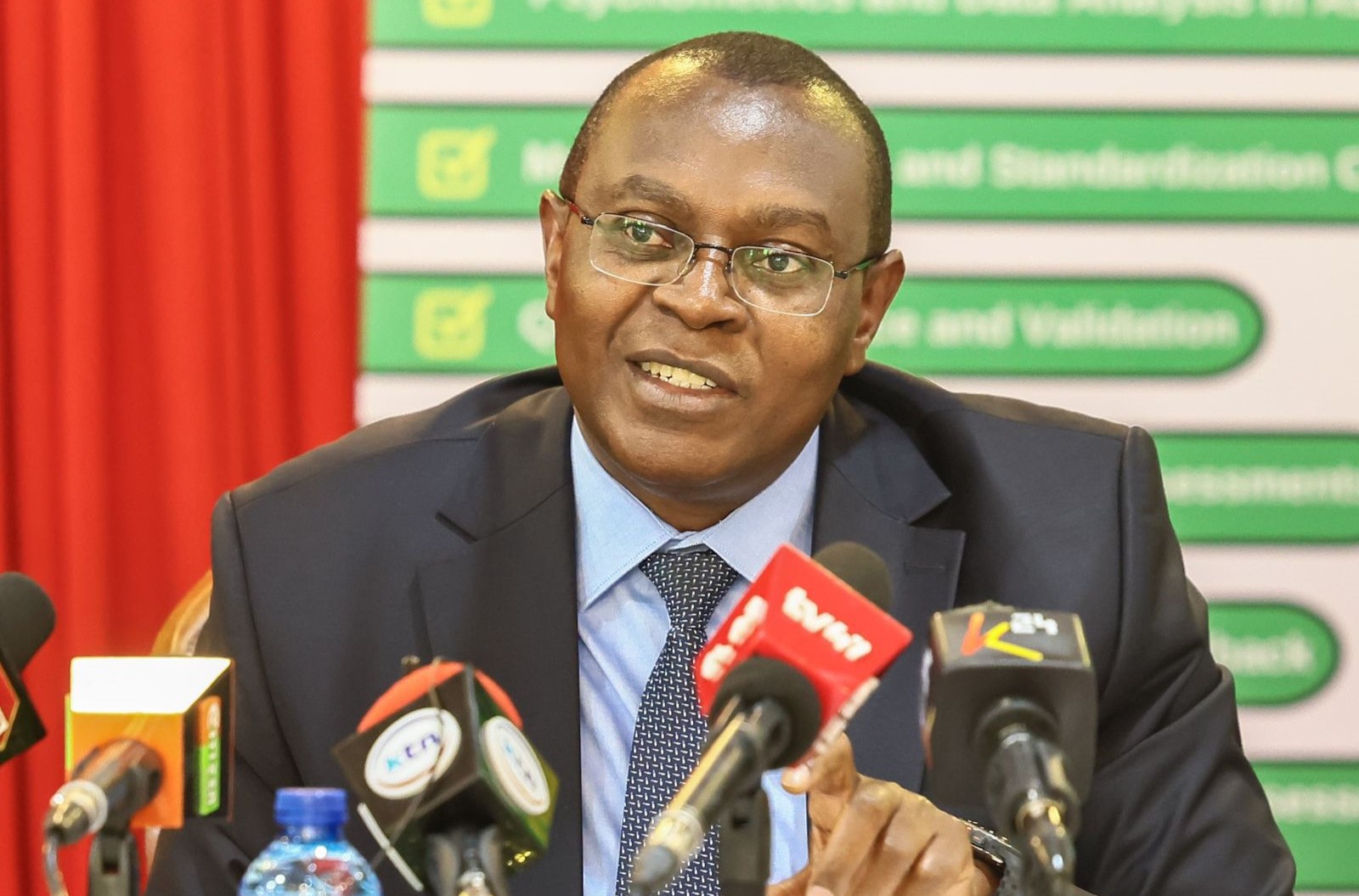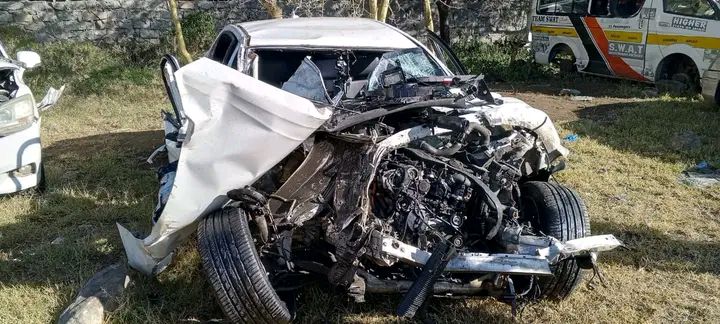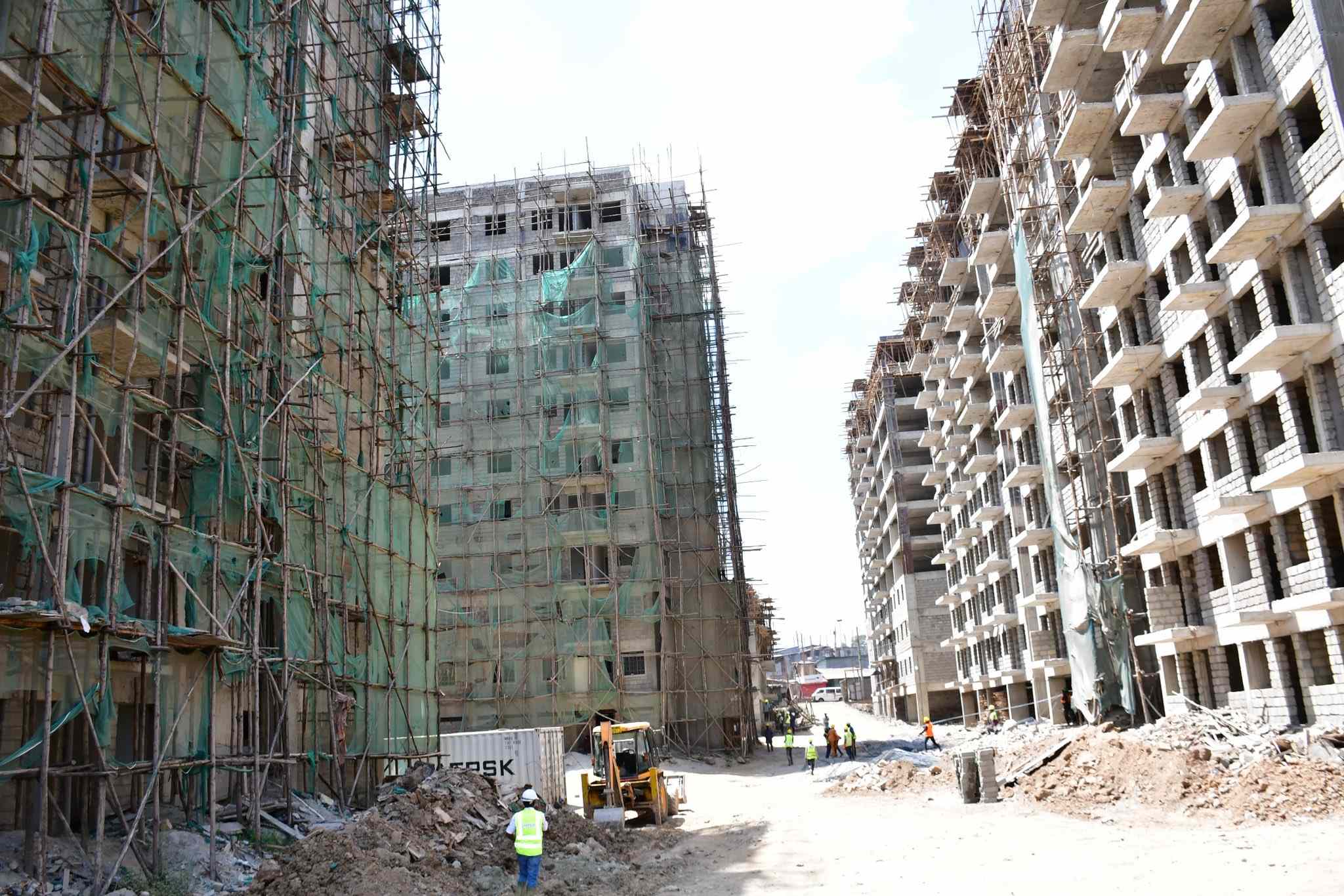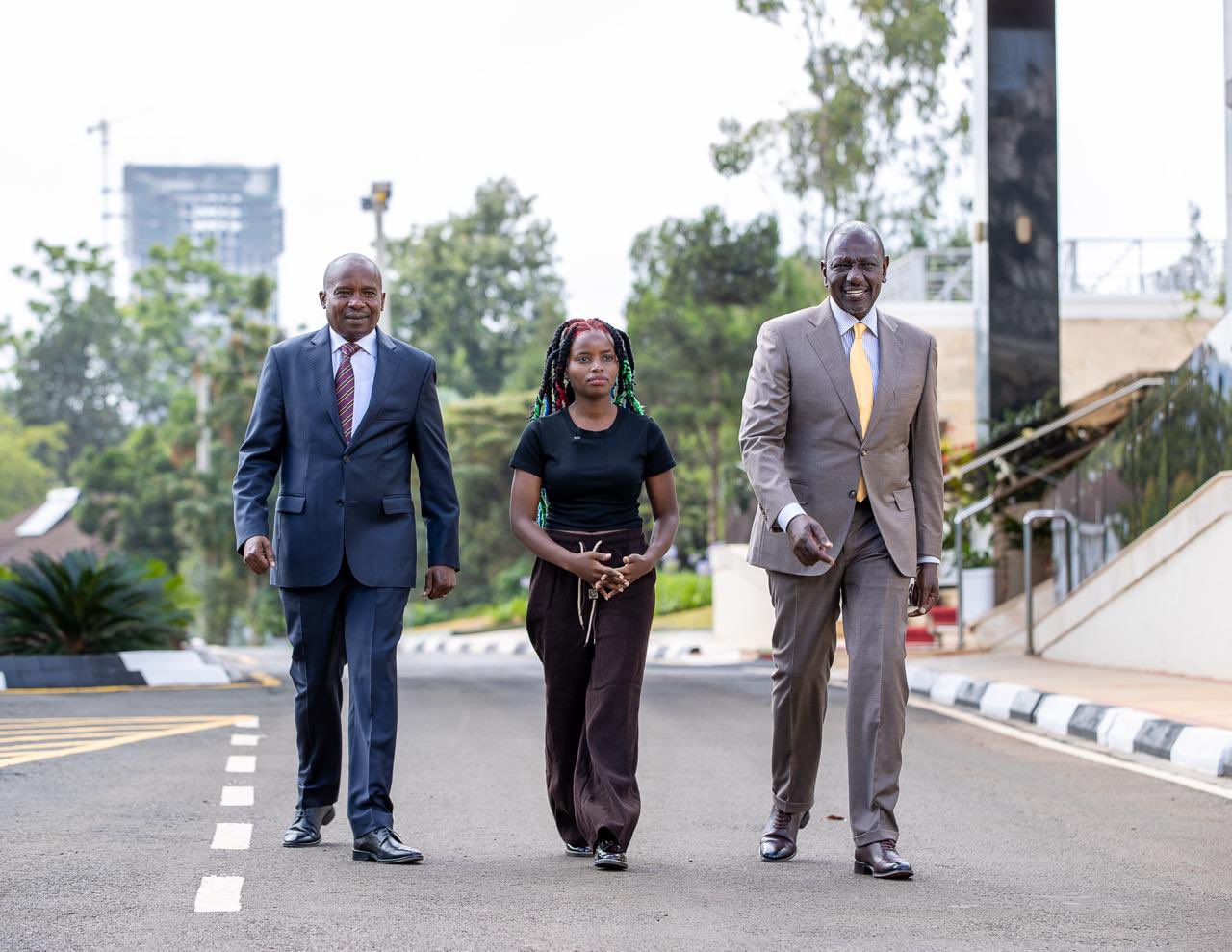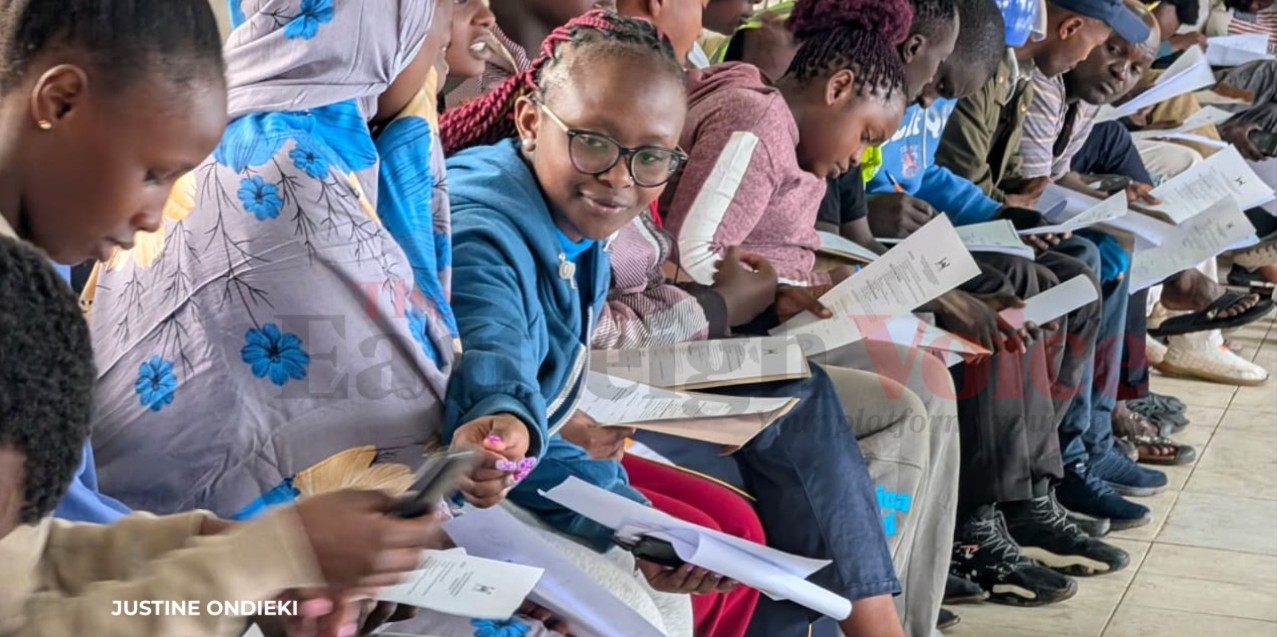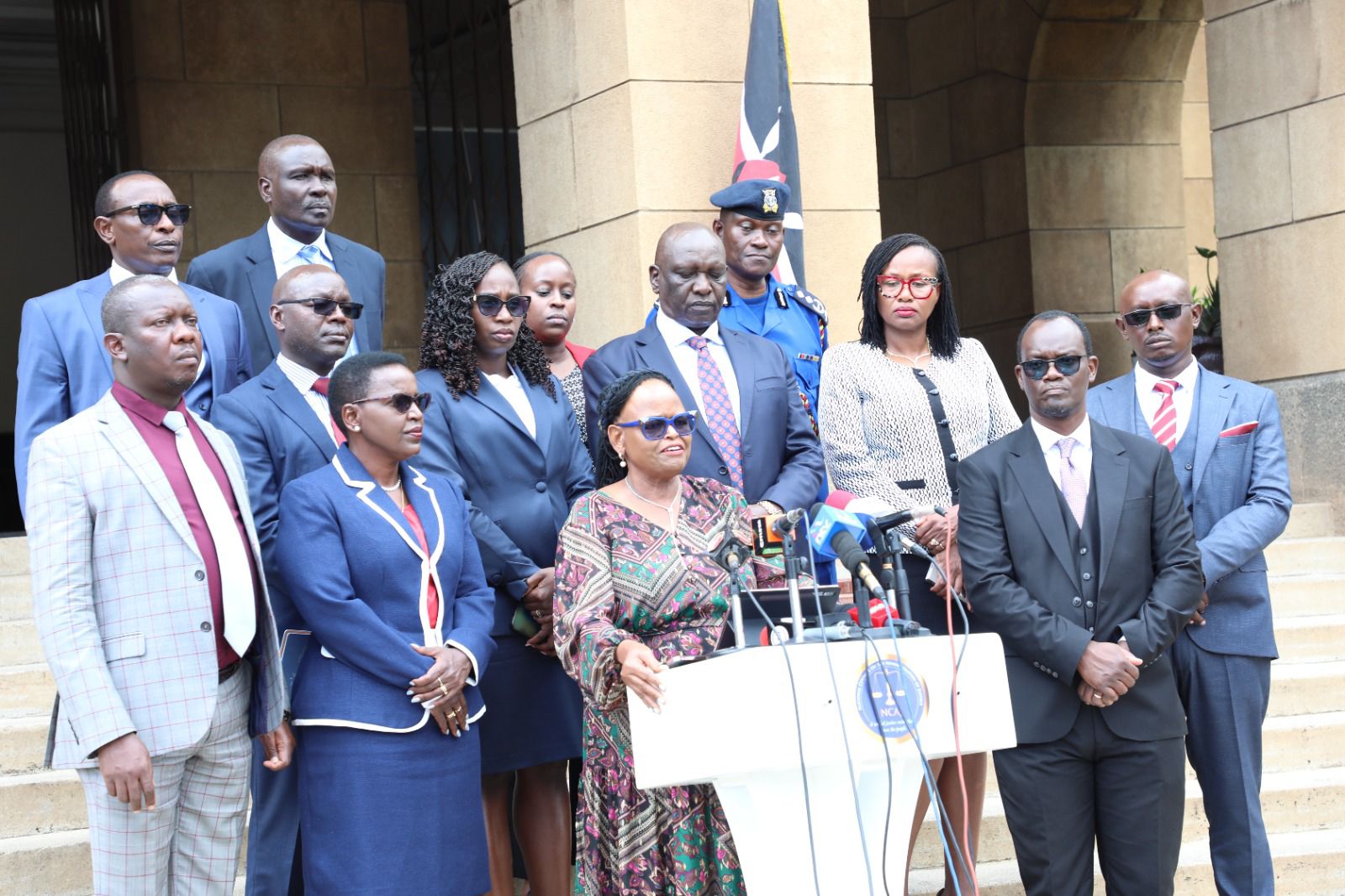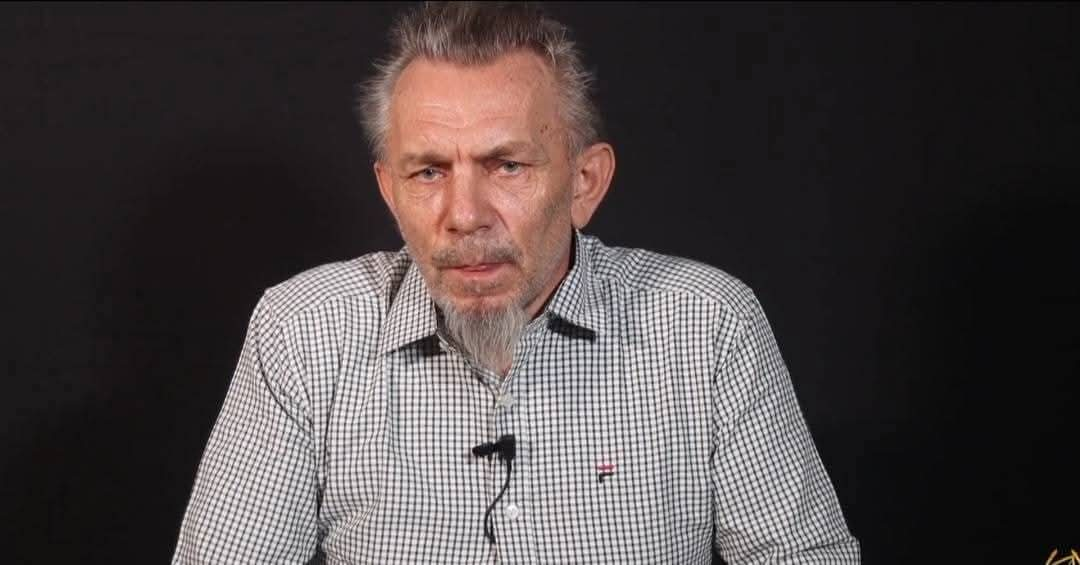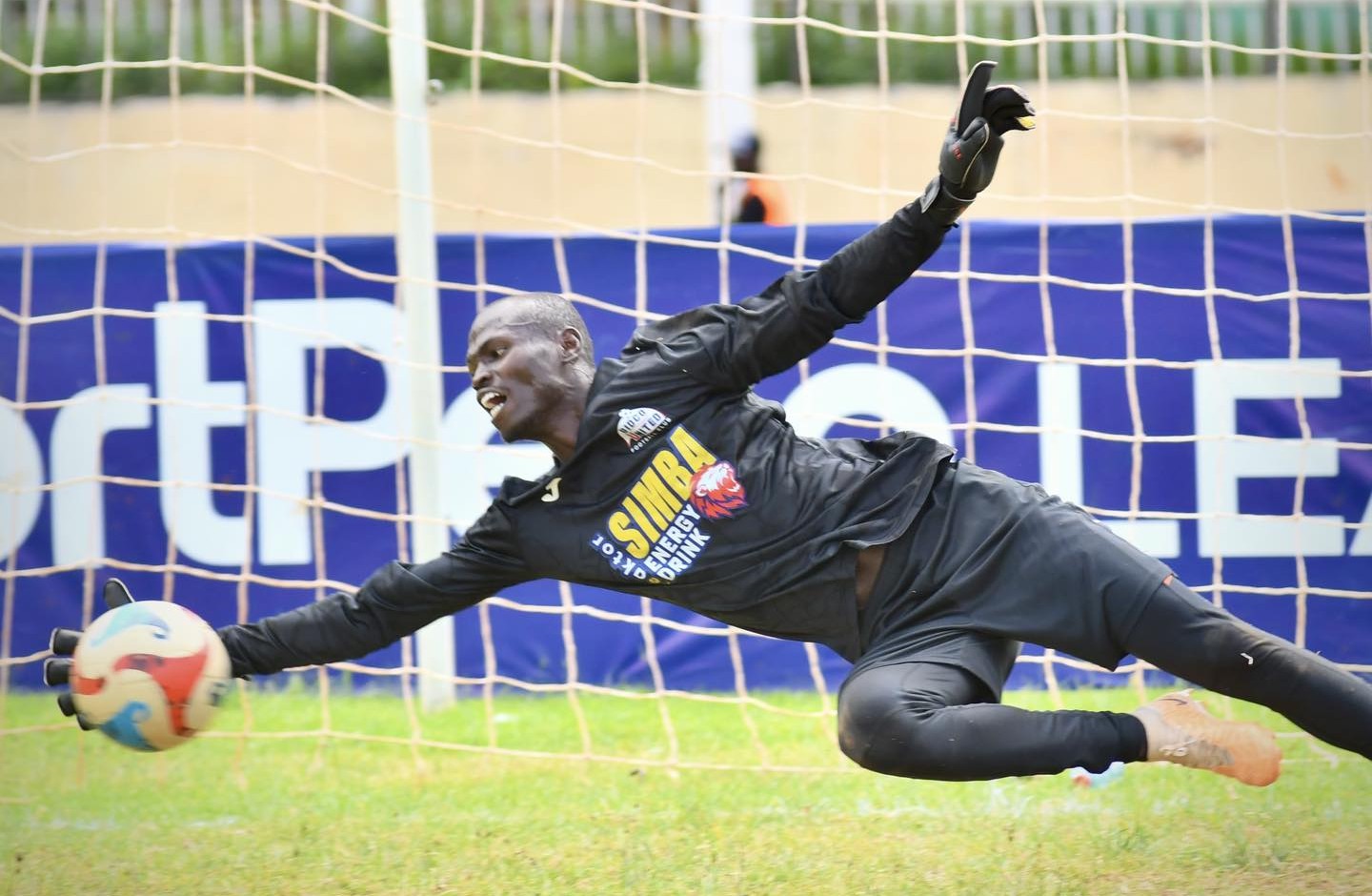More males than females registered for KCPE in North Eastern
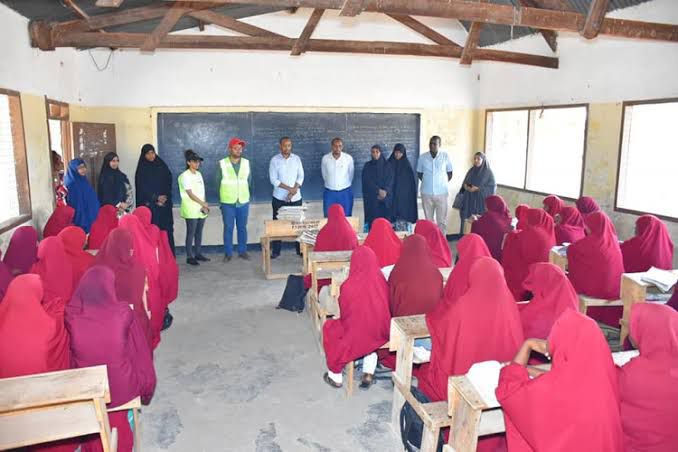
In Mandera, the gender parity is significantly skewed, with 37.23 per cent females and 62.77 per cent males among the candidates. This indicates a notable gender imbalance, with a higher representation of male candidates in comparison to females.
In Mandera, the gender parity is significantly skewed, with 37.23 per cent females and 62.77 per cent males among the candidates. This indicates a notable gender imbalance, with a higher representation of male candidates in comparison to females.
Similarly, in Wajir, the gender distribution shows 43.09 per cent females and 56.91 per cent males. While there is a higher percentage of females compared to Mandera, it still suggests a gender imbalance, albeit to a lesser extent.
More To Read
- North Eastern Commissioner urges multi-sectoral cooperation to bolster regional security
- Education Ministry pledges early capitation release for smooth start to new term
- KCSE exam papers to be airlifted in flood-hit regions - CS Julius Ogamba
- KPSEA, KJSEA exams proceeding smoothly nationwide - PS Raymond Omollo
- Treasury rolls out new plan to expand financial inclusion in Northern Kenya
- Mazingira Day: North Eastern leaders rally communities to step up tree planting efforts
Garissa County showed a similar trend with 61.47 per cent (7,446) candidates were male while 38.53 per cent (4,668) were female.
Isiolo, on the other hand, demonstrates a more balanced gender distribution with 51.75 per cent females and 48.25 per cent males. This indicates a relatively equitable representation of both genders among the candidates in the county.
Machakos displays a gender distribution of 47.21 per cent females and 52.79 per cent males. Although there is a slight imbalance with more male candidates, it is not as pronounced as in Mandera and Wajir.
Turkana, with 43.00 per cent females and 57.00 per cent males, exhibits a significant gender imbalance, favoring male candidates.
In summary, Mandera and Turkana show notable gender imbalances in favor of males, while Wajir has a slight imbalance favoring males. Isiolo and Machakos, on the other hand, have more balanced gender distributions among the candidates.
This fell way below the average national tally where male and female candidate were fairly balance, out of 1.4 million candidtes who sat for the 2023 KCPE exams 721,540 (51.30 per cent) were male while 685,017 (48.70 per cent) were female.
Top Stories Today

